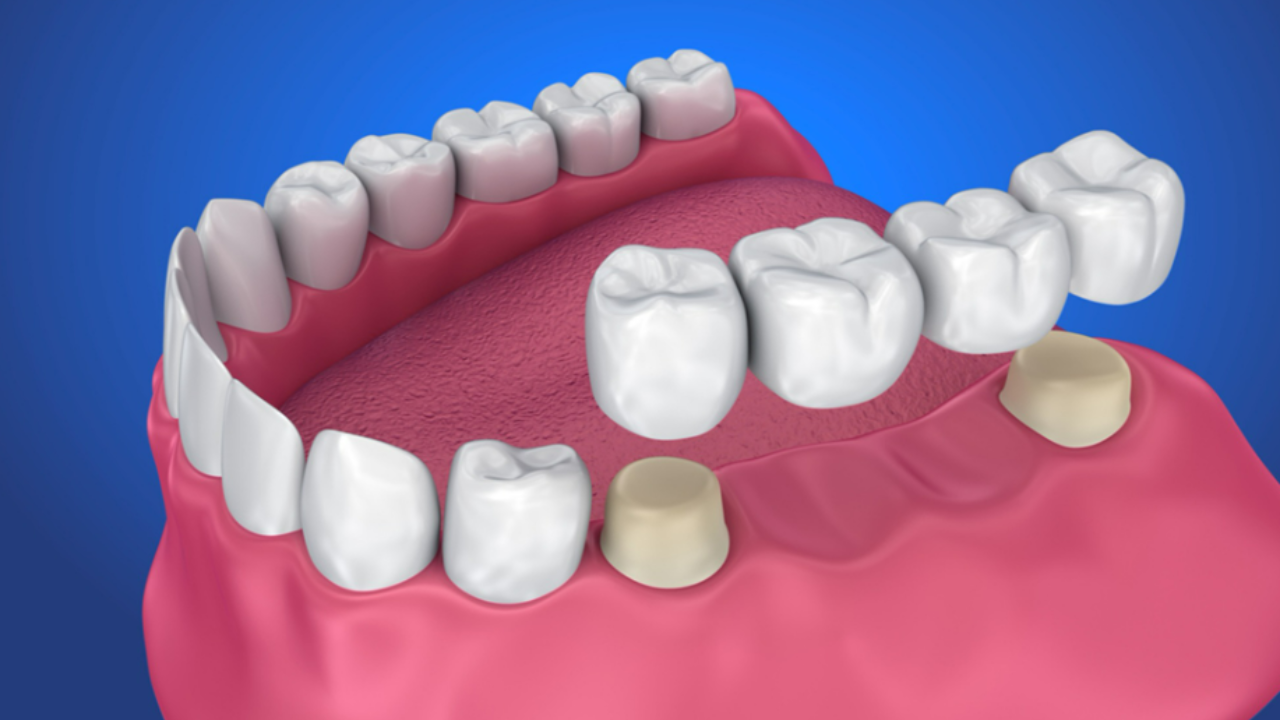How Long Do Dental Bridges Typically Last?

Navigating the world of dental bridges can spark curiosity, especially when considering their longevity as a solution for missing teeth. Patients often seek clarity on this topic to make informed choices about their oral health. This guide offers a detailed, approachable explanation to address those questions and ease concerns.
What Are Dental Bridges?
A dental bridge acts as a sturdy dental restoration to replace missing teeth. It spans the gap by connecting artificial teeth to neighboring natural teeth or implants. This setup restores both function and aesthetics, allowing confident chewing and smiling.
Crafted from materials like porcelain or metal alloys, bridges mimic the look of natural teeth. Each one is tailored to fit the patient’s mouth for comfort and effectiveness. This precision ensures seamless integration into daily routines like eating or speaking.
What Impacts Bridge Longevity?
The durability of a dental bridge hinges on several factors. Oral hygiene routines significantly influence its lifespan. Brushing twice daily and flossing around the bridge prevent plaque buildup that could compromise its structure.
Dietary habits affect bridge lifespan as well. Chewing hard or sticky foods can strain the restoration over time. Limiting these protects the bridge’s integrity.
Lifestyle factors, like teeth grinding, can reduce stability. Protective measures, such as night guards, help preserve the bridge. Health conditions, including diabetes, may slow healing and impact oral health, so managing them supports longer-lasting results.
How Long Do Dental Bridges Last?
Many patients ask, “How long do dental bridges typically last?” On average, they last between 5 and 15 years. With diligent care, some bridges endure even longer.
Traditional bridges, made from robust materials, often reach the upper end of this range. Regular dental checkups enhance their longevity. Implant-supported bridges provide greater stability, often outlasting standard types due to their secure foundation.
According to research, Dental bridges usually last 5–15 years, depending on material, oral hygiene, and lifestyle. Implant-supported bridges tend to last longer, and regular dental checkups can prevent complications like chipping or loosening (NCBI, 2020).
Addressing Common Worries
Concerns about dental bridges failing prematurely are common. Patients fear discomfort or the need for early replacement, which can disrupt daily life. These worries might delay decisions about tooth replacement, impacting confidence in eating or speaking.
Financial concerns also arise, as replacing a bridge sooner than expected can strain budgets. Choosing high-quality materials improves durability, reducing long-term costs. Initial discomfort during adjustment periods can feel unsettling, but follow-up care ensures a smooth transition.
Expert Guidance for Lasting Results
Routine dental visits every six months allow professionals to monitor dental restoration health. These checkups catch early signs of wear, ensuring timely fixes. This proactive approach maintains the dental prosthesis strength.
Selecting the right bridge type enhances stability. For back teeth, stronger materials handle chewing forces better. This tailored choice boosts comfort and function.
Modern materials resist stains and cracks, improving bridge lifespan. Porcelain-fused-to-metal options balance aesthetics and strength. Discussing lifestyle needs ensures the best fit for each patient.
Practical Tips to Extend Bridge Life
To maximize dental bridge durability and support oral hygiene, consider these steps:
-
Brush twice daily with a soft-bristle toothbrush, focusing on the bridge’s edges where debris collects. Fluoride toothpaste strengthens the surrounding enamel. This routine fights decay and supports longevity.
-
Use floss threaders or water flossers to clean beneath the bridge. These tools target hard-to-reach areas, reducing gum issues. Consistent cleaning enhances stability and prevents complications.
-
Avoid chewing hard objects like ice to protect the dental restoration. Opting for softer foods reduces stress on the structure. This habit preserves the bridge’s integrity.
-
Wear a custom-fitted mouthguard for teeth grinding or sports. These guards cushion impacts and minimize wear. They safeguard the dental prosthesis effectively.
-
Schedule regular dental exams to assess the bridge condition. Early adjustments prevent larger issues. This care boosts oral health and confidence.
Signs It’s Time for Replacement
Look for signs like loosening or discomfort, which suggest the bridge needs attention. Changes in bite alignment may indicate issues. Prompt action prevents further complications.
Cracks or chips in the material signal wear. Discoloration could point to underlying problems. Professional evaluations during visits guide repair or replacement decisions.
Gum recession around the bridge exposes roots and affects stability. Quick treatment restores health and function. Addressing these signs early maintains a strong dental restoration.
The Dentist Hickory NC is committed to guiding patients toward lasting oral health. Their expertise ensures personalized care for every smile. Reach out today to schedule a consultation and explore dental bridge options tailored to your needs.
